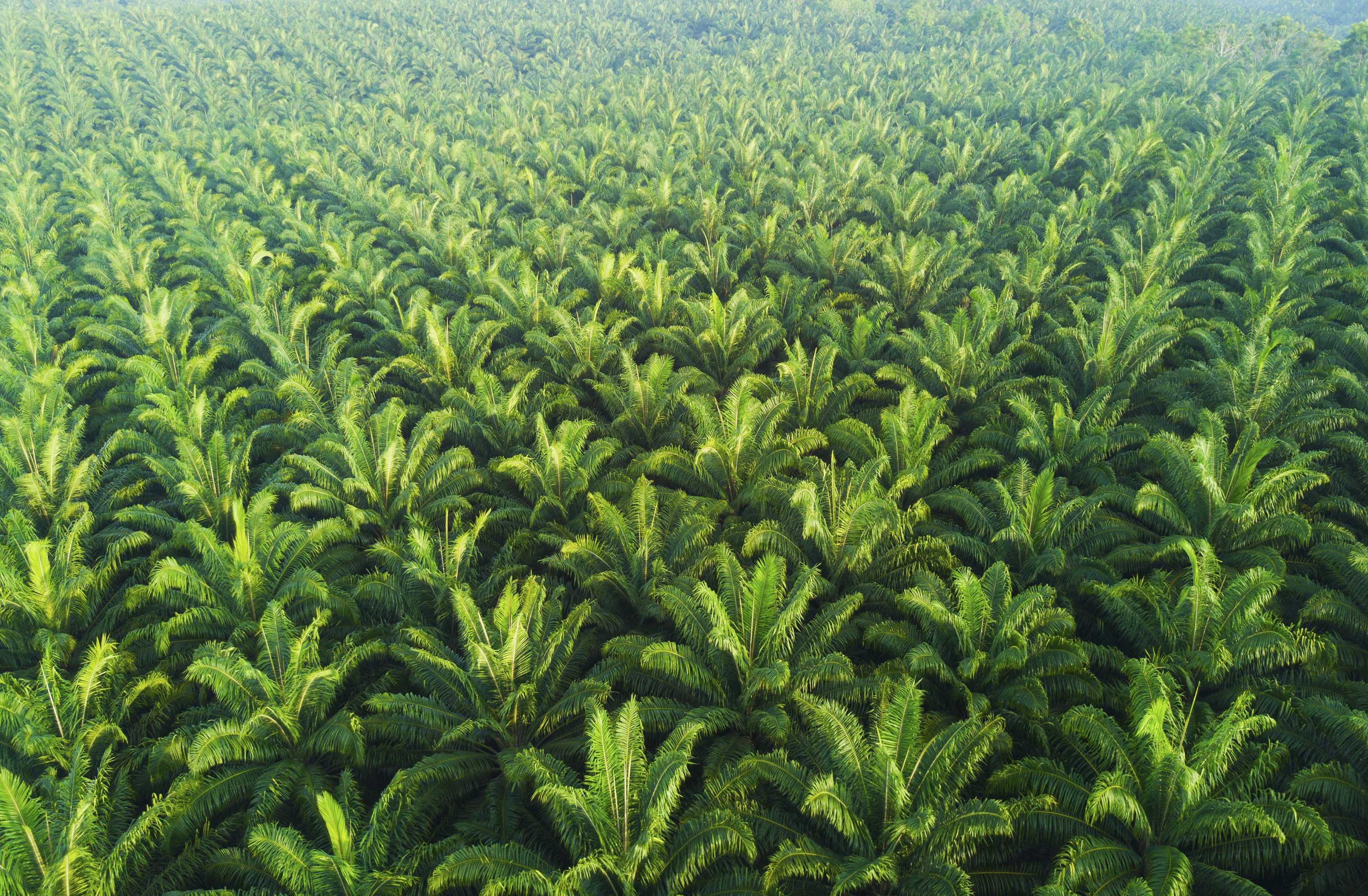Palm oil is an edible vegetable oil that comes from the mesocarp (reddish pulp) of the fruit of the oil palm tree. The Latin name for palm is Elaeis Guineensis and it is primarily grown in Malaysia and Indonesia but also in a 10° band either side of the Equator.
Palm oil is naturally reddish in colour due to the high beta-carotene content. It should not be confused with palm kernel oil which comes from the kernel of the same fruit. The difference between the two is that the colour of raw palm kernel oil lacks carotenoids and therefore is not red, plus it is much higher in saturated fat.








